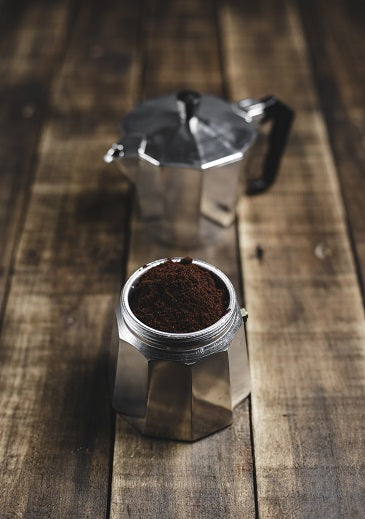Brewing a perfect cup of coffee: Pressure
Posted on 9月 21 2020,
When you order a coffee in a restaurant, you likely will only be able to choose from espresso or filtered coffee. Actually, these are not types of coffee. If you’re like most coffee aficionados, you have experimented with brewing coffee at home. You may have bought a fancy espresso machine or a good quality French Press.
Sure, you’re getting a great cup of coffee, but you have only scratched the surface. Depending on who you ask, there as many as twenty different ways to brew coffee. Some methods are easier than others, but each results in a different taste in your cup. In this post, we won’t look at any specific brands of equipment. Equally, the focus will not be on any specific coffee beans. Instead, we’ll take a look at how the brewing is done and how that influences taste and feel.
Essentially, there are two categories of how coffee is brewed. You’ll probably be familiar with both of them. Coffee is brewed either by pressure or by steeping. Brewing using pressure means that you are extracting the coffee with some sort of force. Steeping means that the coffee is being soaked in some way or the other. Let's explore how to brew a cup of coffee using pressure.
Espresso
 The most common method of brewing coffee with pressure is good old espresso. There are a wide variety of espresso machines for home use. It is all about how much you want to spend and how you are going to use the machine.
The most common method of brewing coffee with pressure is good old espresso. There are a wide variety of espresso machines for home use. It is all about how much you want to spend and how you are going to use the machine.
When you brew your coffee with an espresso machine. You are extracting what is referred to as a “shot”. Hot pressurized water is forced through freshly ground coffee beans. Normally, the amount of ground coffee is around 18 grams and the extraction time is anywhere from twenty-three to thirty seconds.
An espresso brewing method will produce a strong and concentrated coffee. It results in only about 60ml of brew.
What is great about espresso is that you can play around with the quantity of grounds and the length of time it takes to complete the extraction. This means that you can adjust these variables for each type of bean you buy and get the best possible taste and texture out of the beans.
Once you master your machine, you’ll be amazed at how differently each bean extracts.
Moka Pot
 The Moka Pot is a much cheaper option than an espresso machine. It is a stove-top coffee machine. The pressure is created by boiling water pushing steam through the coffee.
The Moka Pot is a much cheaper option than an espresso machine. It is a stove-top coffee machine. The pressure is created by boiling water pushing steam through the coffee.
The Moka Pot uses three sealed chambers to accomplish this type of brewing. Essentially it is a stove-top espresso.
Here’s the thing. An espresso machine uses nine bars of pressure to extract the coffee, while a Moka Pot will only be able to create about two bars of pressure. The higher pressure of an espresso machine pulls the oils from the coffee beans giving a heightened aroma and a very nuanced profile.
A Moka Pot results in a strong and sometimes bitter cup of coffee. Having said that, it does not require the amount of skill needed to use an espresso machine.
Aeropress
 Another way of brewing coffee with pressure is to use an Aeropress. It is a specially designed coffee maker that is made entirely out of plastic. It is the perfect brewing method if you travel a lot but still want a great cup of coffee.
Another way of brewing coffee with pressure is to use an Aeropress. It is a specially designed coffee maker that is made entirely out of plastic. It is the perfect brewing method if you travel a lot but still want a great cup of coffee.
The Aeropress sort of combines steeping with pressure. You put the coffee grinds in the bottom section of the machine and let it steep for a few minutes.
The top part of the Aeropress is a kind of plunger, but it has a very tight rubber seal. When you push down the plunger there is pressure created and the water is pushed through the steeped coffee.
Coffee brewed using an Aeropress is quite flavorful and smooth. Depending on the beans, the aroma will be cleaner taste than the Moka Pot. The coffee is rich and the aroma is great. The only drawback is that you need some way of creating boiling water. The Aeropress requires already boiled water.
We'll continue this conversation next week when we explore brew coffee using steeping method.



0 comments